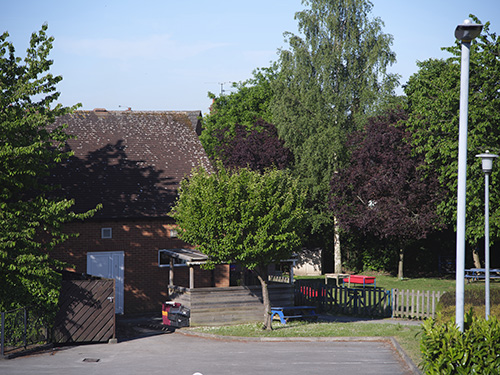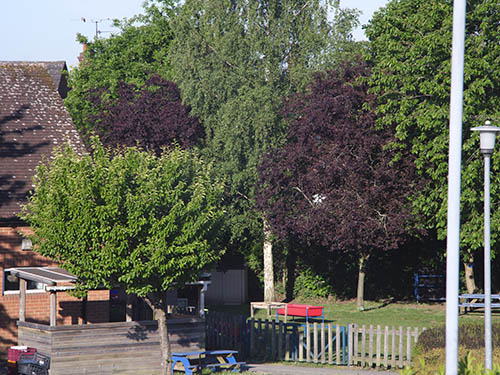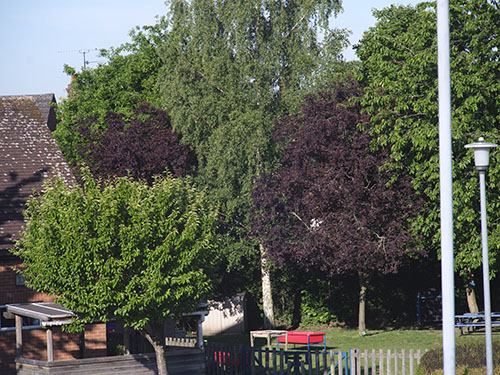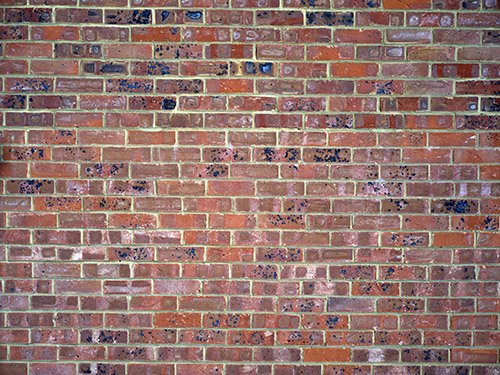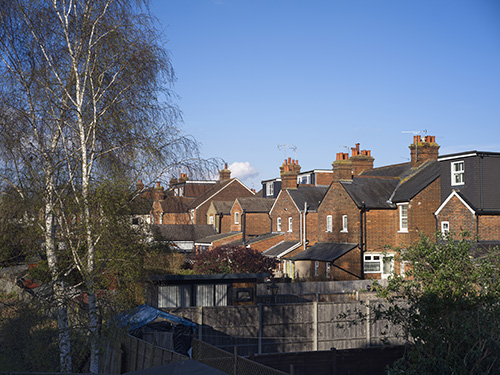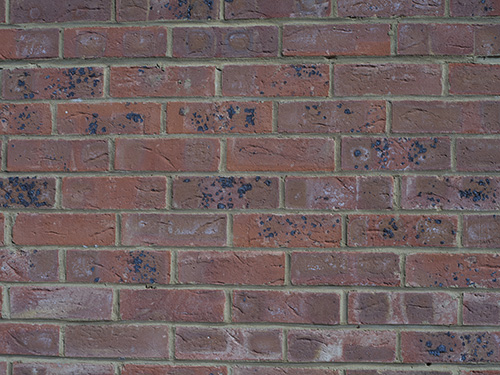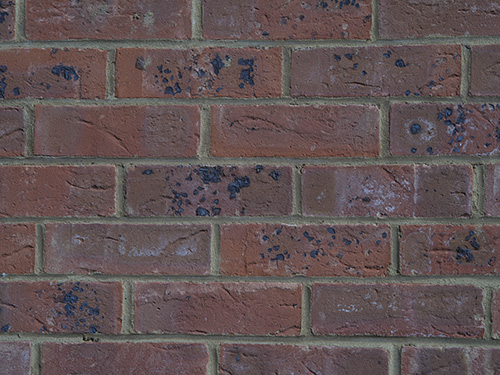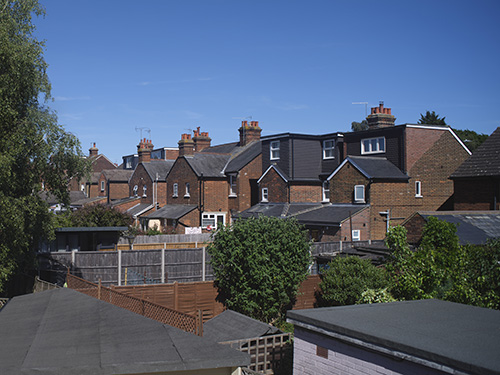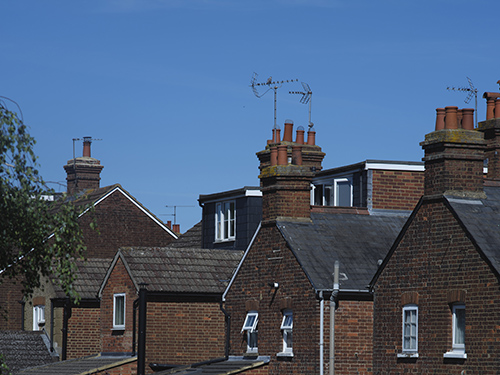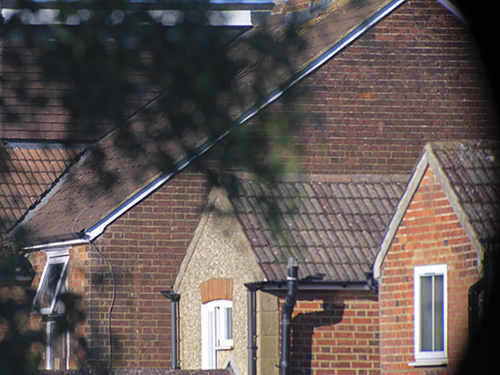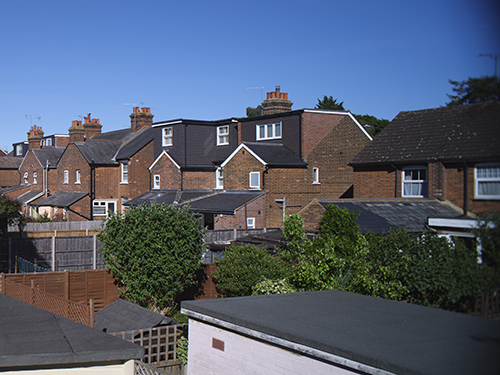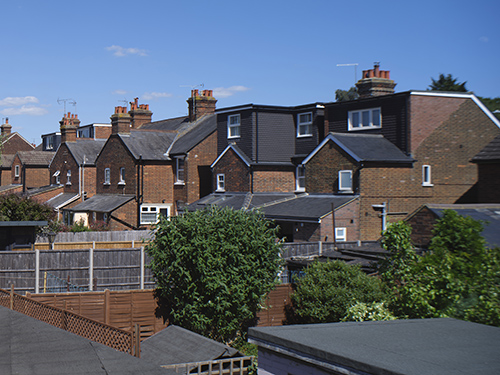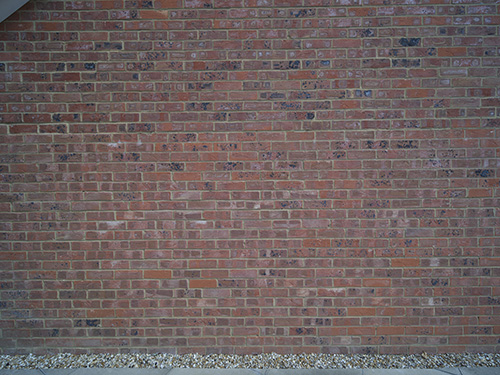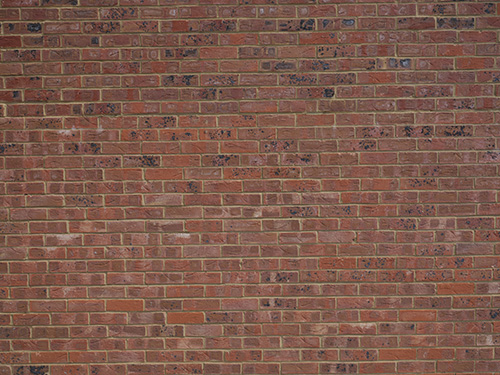by TRA
Using Pentacon
Six & M42 Lenses on Fujifilm GFX Cameras
As indicated here, Pentacon Six and M42 lenses can be used on Fujifilm GFX cameras via two ingenious adapters from Hartblei.
I here show the results of initial tests using both M42 and Pentacon Six lenses on a GFX camera. The size of the GFX sensors is 43.8 × 32.9mm. Lenses for the Pentacon Six are designed to cover the format 54mm × 54mm (or perhaps 56mm × 56mm) , so coverage of the smaller-sized GFX sensor is assured. But lenses with the M42 mount are designed to cover the format 36mm × 24mm, so it would be surprising if they were to cover the GFX sensor adequately.
M42 lenses
The M42 screw-thread mount size was introduced by Zeiss Ikon, Dresden in 1946 for their “Contax S” reflex Contax camera, which was a version of the pre-war Contax 35mm rangefinder camera with a built-in mirror to enable the users to see the subject through the lens, instead of through a separate viewfinder.1 This avoided the parallax error of all viewfinder cameras, where the viewfinder cannot cover exactly the same area that will be exposed to the film, because it is situated above the lens. This led to the well-known characteristic of cutting off the tops of people's heads in close-up photographs.
Using a separate viewfinder also leads to particular problems in two other situations:
- Using long focus or
telephoto lenses.
- Macro photography.
1 According to Alexander Schulz in “Contax S”, Stuttgart: Lindemanns Verlag, 2008, p. 34.
The same mount was used for KW's Praktiflex in 1948 and subsequently became known as the Praktica/Pentax screw thread mount.
Reports from some who have tried lenses for 35mm SLR “analogue” cameras on “full frame” digital cameras, which have a sensor the same size as the film gate in 35mm SLR cameras, indicate that wide-angle lenses do not cope well with the digital medium, directing peripheral image rays at an acute angle that is not totally captured by the digital sensor, resulting in “vignetting” or darkening of the corners of the image. Since the GFX sensor is significantly larger than 35mm SLR format or digital “full frame” format, we must anticipate problems.
It must be emphasised that coverage is not enough; the image resolution must also be adequate within the resulting image. With all lenses, not only does light intensity decrease progressively outside the area designed to be used, so does the resolution. This is not a fault, as we are talking of an area of the projected image that was never designed to be used.
We carried out tests with a selection of lenses in M42 mount, shooting at a wide range of apertures. Here, for reasons of space, we will only show one shot from each lens. In cases where there was vignetting, the point where the vignetting started was generally more diffuse at the wider apertures and sharper as the smaller apertures. In some cases coverage improved as the lens was stopped down.
As a very stringent test for vignetting and distortion, I mostly took pictures of a brick wall – not very inspiring, but very revealing of any defects!
Here is how I got on.
Pentacon Six mount lenses
Format coverage on the GFX sensor will of course be no problem for the medium format lenses designed for the Pentacon Six / Kiev 6C / Kiev 60 / Exakta 66 of 1984-2000. I first tested two lenses in this mount:
Medium Format lenses designed for use on the Pentacon Six and equivalent cameras have an image circle that is far wider than that of the GFX cameras, so how do they perform shifted, using the Hartblei shift adapter? This allows shifts of up to 12mm in any direction. I have tested the following lenses at f/11 with five shift positions:
- Zero shift
- Fully shifted up
- Fully shifted down
- Fully shifted left
- Fully shifted right.
| 30mm f/3.5 Arsat
MC Fish-Eye lens (a multi-coated version of the
Arsenal “Zodiak” lens) |
Excellent resolution
and coverage at zero shift. Vignetting at
full shift and some chromatic aberrations visible
near the edges. Full shift up (shown here to
the right): top left-hand corner cut off. With the inevitable rectilinear distortion of a fish-eye lens, a far better option may be to use the 28mm Schneider-Kreuznach 35mm “full frame” (24×36mm) PC-Super-Angulon lens (at zero shift), via the Hartblei M42 to GFX adapter. However, when the features of a fish-eye lens are required, this one is excellent, both on the Pentacon Six and on the Fujifilm GFX. It must also be remembered that the 28mm Schneider-Kreuznach shift lens is not very common, and it usually commands quite a high price. Click on the image to see it larger. The banding in the sky that may be observed with some of these images, especially in the larger version of the image, is an artifact introduced by the jpeg compression. |
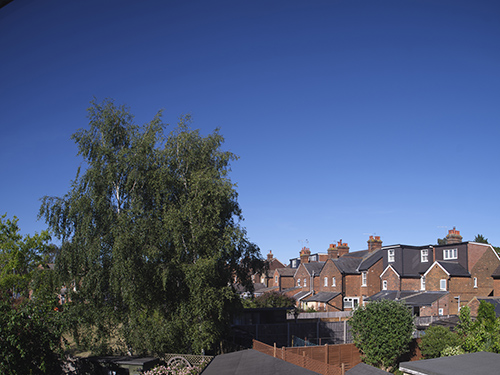 [30mm_fully_UP_GFX_s.jpg] |
| 40mm
f/4 Schneider-Kreuznach Curtagon lens in
Exakta 66 mount |
Format
coverage excellent, however slight resolution
fall-off at left and right edges, even with zero
shift. Significant resolution loss at
edges and 1 stop light loss at edges at full
shift. Here we show the worst: fully
shifted right. Click on the image to see it larger. I would advise against using this lens fully shifted. |
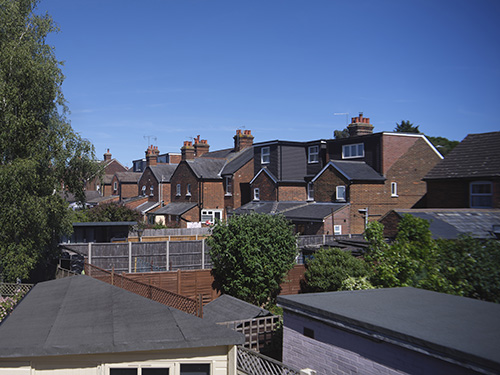 [40mm_Curtagon_fully_R_GFX_s.jpg] |
| 40mm f/4 Bronica Zenzanon – S lens
in Pentacon Six mount |
Coverage
and resolution excellent at zero shift. At full shift, slight resolution fall-off very close to left and right edges. Definitely usable on the GFX, even shifted 6-8mm. Click on the image to see it larger. |
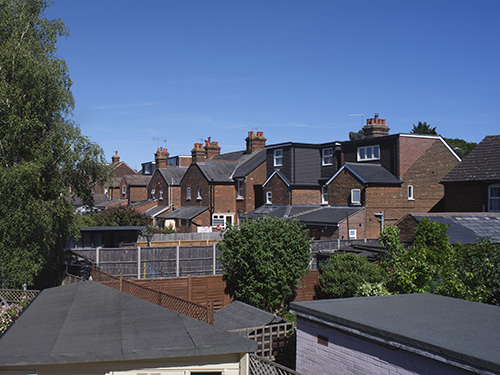 [40mm_Zenzanon_fully_R_GFX_s.jpg]
[40mm_Zenzanon_fully_R_GFX_s.jpg] |
| 45mm
f/3.5 Mir 69Б (Russian B) lens |
Fantastic
resolution. TINY amount of chromatic aberration at edges. Very minor light fall of at edges on max shift (less than 1 stop). Fully usable even fully shifted on Fujifilm GFX cameras. Click on the image to see it larger. |
[45mm_Mir69_fully_R_GFX_s.jpg]
|
| 50mm
f/4 Carl Zeiss Jena Flektogon lens |
SUPERB
lens Immaculate resolution and cover including with maximum shift Click on the image to see it larger. |
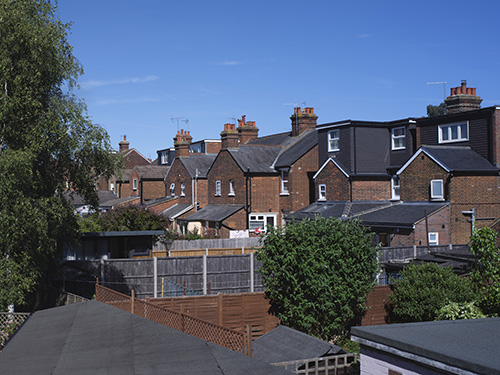 [50mm_Flek_fully_R_GFX_s.jpg]
[50mm_Flek_fully_R_GFX_s.jpg] |
| 150mm f/2.8
Hartblei (an improved version of the
Arsenal/Arsat Kaleinar) |
Zero shift:
resolution is excellent, but depth of field is
very shallow, even at f/11. Fully shifted up: as with zero shift. Fully shifted down: very slight loss of sharpness at very top. Fully shifted L and R: Excellent resolution. Coverage is excellent at all settings. There are insignificant chromatic aberrations. Even stopped down to f/16, depth of field continues to be very shallow, as we can also see with the tree on the left in this image shot at f/11. Perhaps best as a portrait lens. The 180mm Sonnar is definitely sharper. Click on the image to see it larger. |
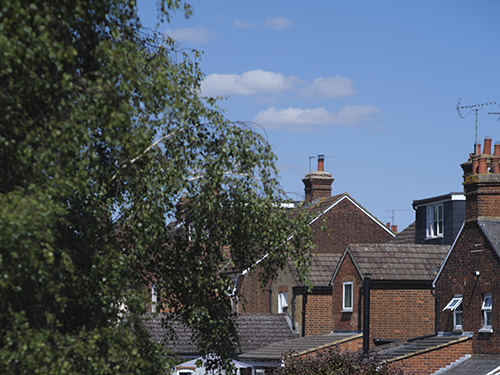 [150mm_Hartblei_fully_UP_GFX_s.jpg]
[150mm_Hartblei_fully_UP_GFX_s.jpg] |
| 180mm
f/2.8 Carl Zeiss Jena Sonnar |
Fantastic
cover and resolution, including at maximum shift TINY amount of chromatic aberration at edges It is definitely possible to use this lens for high-resolution panoramic stitched images. One possible format would be to mount the camera vertically (on the Hartblei shift lens mount) and to shoot three images, one with zero shift, one with the camera shifted 12mm to the left and one with the camera shifted 12mm to the right. (On stitching images, see here.) Click on the image to see it larger. |
[180mm_Sonnar_fully_UP_GFX_s.jpg]
|
| 500mm
f/5.6 Arsat APO lens |
Zero shift: Excellent resolution and
coverage. Tiny amount of
chromatic aberrations. 12mm shift in any direction causes corner cut-off. 12mm shift to L or R causes side cut-off and loss of resolution near the edge. This is probably OK with shifts up to 6 or 8mm. This image is not totally sharp. Was my focussing not spot-on, or was the tripod not up to the job? In practice, using a 500mm lens shifted is an unlikely scenario, but it was worth testing. Click on the image to see it larger. |
[500_APO_fully_R_GFX_s.jpg]
|
I then tested two SHIFT lenses with the Hartblei P6-GFX shift adapter.
| 45mm f/3.5
Hartblei PCS shift lens (optical elements
from the Arsenal Mir 26Б) |
Zero shift: excellent
resolution and coverage Not surprisingly, with full shift on the lens AND on the shift adapter (!!) in the same direction, the fall-off in resolution and exposure is unacceptable. However, this is not a realistic combination. Better would be to use the Pentacon Six mount shift-only lenses on the Hartblei Pentacon Six to Fuji GFX Tilt adapter and the Pentacon Six mount tilt lenses on the Hartblei Pentacon Six to Fuji GFX Shift adapter, thus providing both shift and tilt capabilities for all of these lenses. With these combinations, the shift can be in one direction and the tilt in another, so any combinations of tilt and shift direction are possible. This creates the equivalent of the Hartblei 45mm Tilt-Shift Super Rotator lens, which is no longer available new. Alternatively, by using the shift on the lens for one direction and the shift on the mount in another direction, one could obtain combinations such as 12mm Right, etc AND 12mm UP, etc for instance, when shooting nine images in a 3 × 3 tile, as explained here. Click on the image to see it larger. |
[45mm_Hartblei_shift_both_fully_R_GFX_s.jpg]
|
| 55mm f/4.5 Arsat
shift lens |
Zero shift:
Resolution good over most of frame. Some
loss of resolution near the edges. Some
chromatic aberrations. Lens only fully shifted up and fully shifted down. Resolution OK. Lens only fully shifted left. Very good resolution (although any defects may have been masked by out-of-focus tree branches nearer to the camera). Lens only fully shifted right. Edge resolution not very good. I then tested the same lens fully shifted (12mm) and the shift adapter fully shifted (also 12mm), a total of 24mm shift. Coverage continued to be excellent, but resolution was not adequate. The 50mm Flektogon is much sharper, even fully shifted, and there is no chromatic aberration. I have seen far better results with someone else’s 55mm Arsat shift lens. There here appears to be a case of sample variation. Click on the image to see it larger. |
[55mm_Arsat_both_fully_R_GFX_s.jpg]
|
Given these results, buying a set of Fujifilm lenses for the GFX camera, at £1,500 to £2,500 per lens, may not be justified for a user who already has a range of lenses designed for the Pentacon Six and one or more of the Hartblei adapters. And there are of course many other Pentacon Six lenses that were not included in these tests, including lenses with focal lengths of 65mm, 300mm, 75-150mm zoom, 140-280mm zoom, etc. Also, by using the Hartblei shift or tilt adapters and Pentacon Six lenses, one can obtain a wide range of shift or tilt effects for the Fujifilm GFX.
Two details are missing if only Pentacon Six lenses are use on the Fujifilm GFX:
- No EXIF data (focal length and aperture) is transmitted to the camera file when using non Fujifilm lenses
- For really wide-angle shots on the Fujifilm GFX, Fuji’s 23mm lens is excellent and is highly recommended. There are also wider lenses for GFX cameras from Laowa, including a 17mm lens and a 15mm SHIFT lens (for which a parallax-free mount is available!). The Laowa lenses also do not transmit EXIF information to the camera.
For comparison purposes, I show here the results with the Laowa 17mm lens and the Fujifilm GFX 23mm lens.
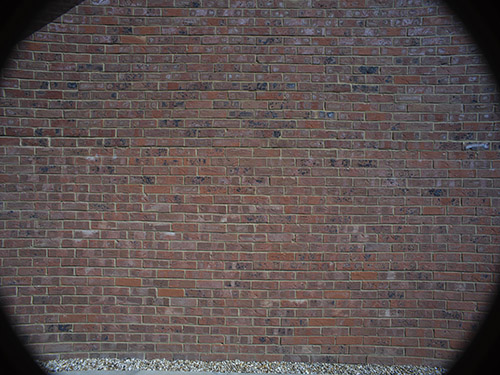 [20Flekf11_GFX.jpg]
[20Flekf11_GFX.jpg]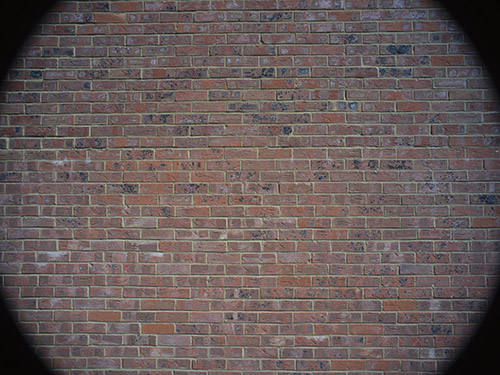
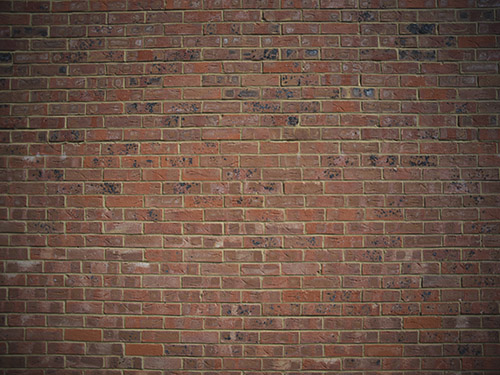 [28SuperAngf11_GFX.jpg]
[28SuperAngf11_GFX.jpg]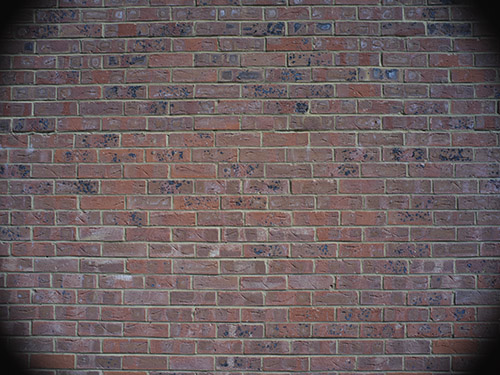 [35Curtagonf11_GFX.jpg]
[35Curtagonf11_GFX.jpg]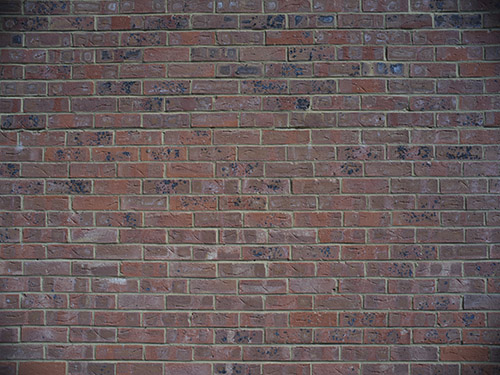 [35Flekf11_GFX.jpg]
[35Flekf11_GFX.jpg]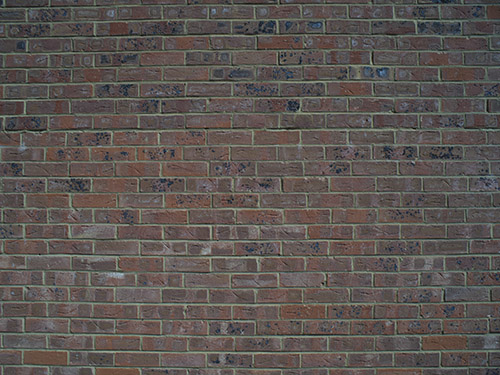
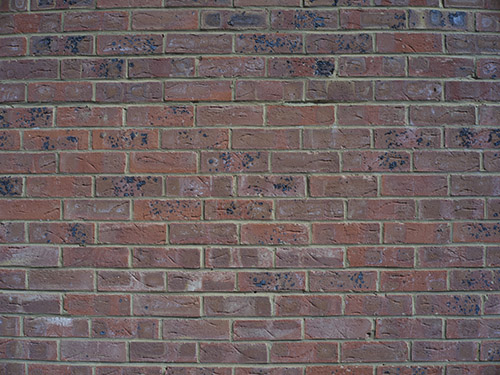
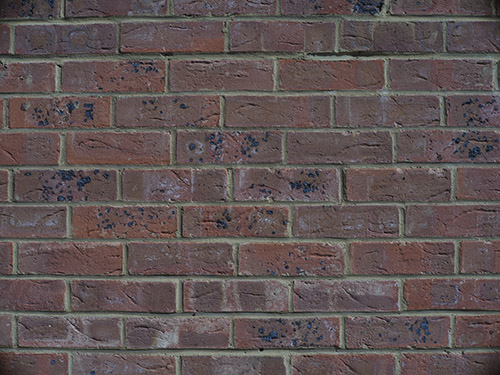 [80Pancolarf11_GFX.jpg]
[80Pancolarf11_GFX.jpg]